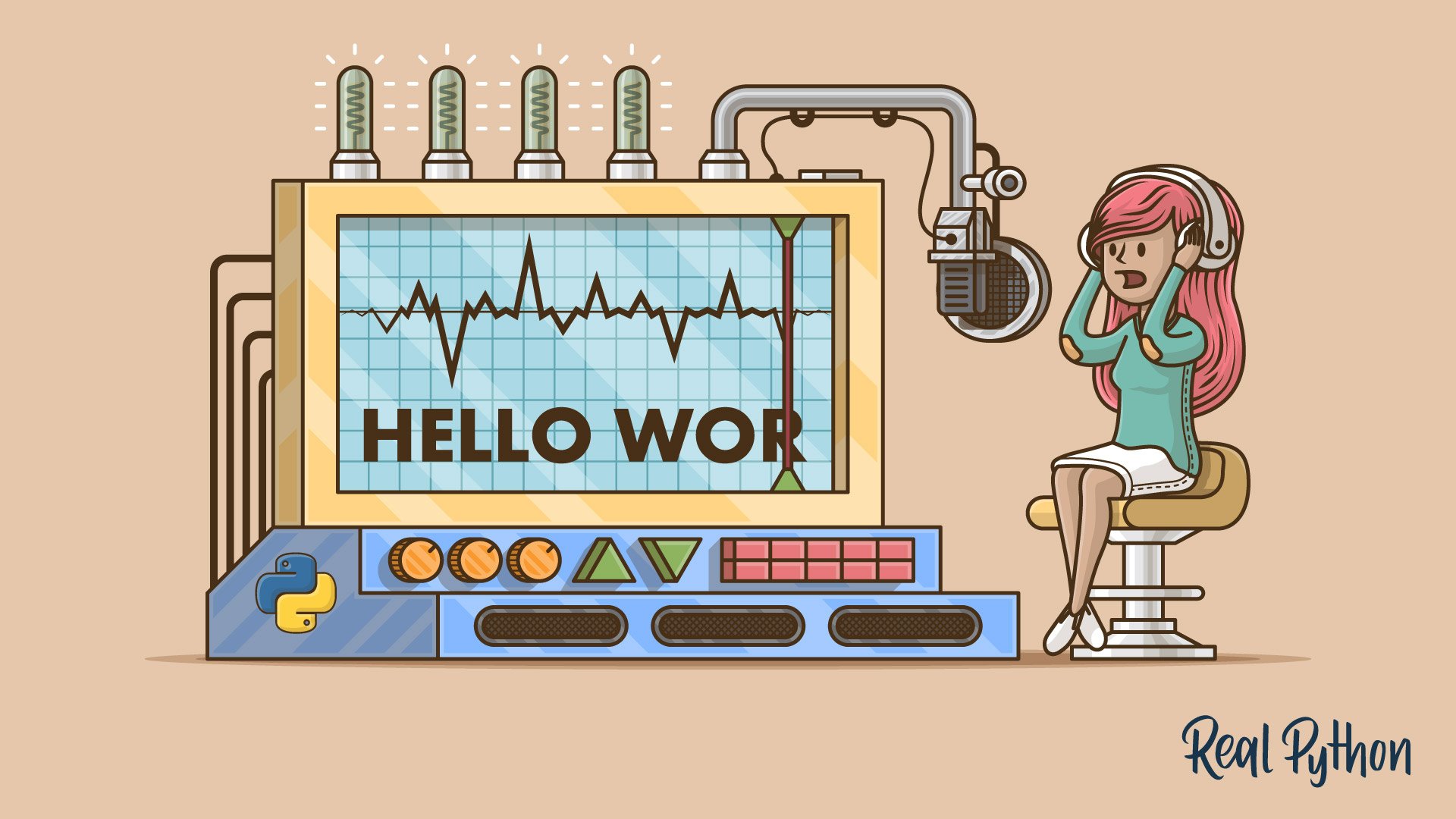
Speech to Text: The Complete 2025 Guide for Small-Business Owners
Introduction
Picture this: You’re driving between client meetings when a million-dollar idea pops into your head.
With speech to text, you record the thought instantly—no typing required.
This article reveals practical ways entrepreneurs can apply voice dictation, real-time transcription, and AI to streamline operations, cut expenses, and outpace competitors.
By the end, you’ll know which features to prioritize, how to implement them, and how to calculate the ROI.
Speech to Text Basics: How the Tech Actually Functions
At its core, speech to text is the process of converting spoken language into written characters through algorithms and machine learning.
The pipeline typically includes:
- Acoustic modeling to identify phonemes
- Language models that determine the most probable word combinations
- A decoding layer that stitches predictions into coherent sentences
Thanks to advances in AI, accuracy has risen from 75 % a decade ago to well above 95 % for many English dialects today (source: NIST).
The Business Case: Why Entrepreneurs Can’t Ignore Speech to Text
Entrepreneurs face tight margins and even tighter schedules.
speech to text addresses core pain points:
- Rapid Documentation: Instantly push sales-call summaries into CRM fields.
- Enhanced Focus: Capture brainstorms hands-free during commutes.
- Reduced Burnout: Automating tedious typing lowers cognitive load on small teams.
Research out of MIT shows firms adopting voice workflows cut documentation time by 38 %.
Choosing the Right Speech to Text Tool: Must-Have Features
Platforms differ drastically. speech to text
When comparing voice to text products, prioritize:
1. Accuracy plus Multilingual Coverage
- Look for ≥95 % accuracy on benchmarks.
- Check regional accent and language packs you’ll actually use.
2. Real-Time Transcription Speed
- Lag should be under 300 ms for smooth meetings.
3. Enterprise-Grade Security
- End-to-end encryption protects sensitive data.
- Medical or EU clients? Demand HIPAA/GDPR badges.
4. Integration & API Access
- Connect easily with Zoom, Slack, or your CRM.
A feature checklist like the one above ensures you don’t pay for bells and whistles you’ll never need.
Real-World Use Cases: From Meeting Notes to Content Creation
Still wondering if voice to text fits your niche? Take a look at these micro case studies.
- Law Firm (5 employees): Used voice dictation for briefs, saving 15 billable hours/month.
- eCommerce Brand: Real-time transcription of TikTok Lives boosted subtitle engagement by 34 %.
- Consultancy: Transcripts fed an AI summarizer, creating client memos in a minute.
Step-By-Step Guide to Deploying Speech to Text
Deploying real-time transcription? Use this quick-start model.
- Week 1: Prototype in a single department.
- Week 2: Gather feedback; tweak settings and vocab.
- Week 3: Expand to cross-functional teams.
- Week 4: Document SOPs, then negotiate enterprise pricing.
Overcoming Common Challenges and Misconceptions
Even stellar tech isn’t immune to hiccups.
Below are common snags and quick fixes:
| Challenge | Root Cause | Solution |
|---|---|---|
| Low Accuracy | Background noise | Switch to a cardioid mic; activate noise suppression. |
| Slow Latency | Oversubscribed CPU | Move to wired Ethernet; upgrade hardware. |
| Privacy Concerns | Data stored on vendor servers | Opt for vendors with on-premise or VPC options. |
What’s Next for Speech to Text Technology?
The horizon looks bright.
Expect these breakthroughs:
- Contextual AI: Tools will detect sentiment and intent in real time.
- Edge Processing: Running models on smartphones removes cloud dependence, boosting privacy.
- Expanded Languages: Support for 1,000+ dialects is on the roadmap.
- Seamless Translation: Expect live speech-to-speech translation that shatters language walls.
Staying ahead means piloting beta features early, giving you a strategic edge.

Conclusion
Imagine reclaiming five hours every week just by talking instead of typing—that’s what speech to text unlocks.
You now know the mechanics, must-have features, real-world wins, and what’s coming next.
Don’t let competitors outpace you.
CTA: Try a speech to text platform today and let us know the gains you achieve.
FAQ
- What is speech to text and how accurate is it?
Speech to text converts spoken copyright to written text using AI; top solutions now exceed 95 % accuracy in real-time transcription.
- Is voice to text secure for sensitive data?
Yes—leading vendors offer end-to-end encryption, HIPAA, and GDPR compliance to keep your transcripts safe.
- Can I use real-time transcription during video conferences?
Absolutely. Most major speech to text APIs integrate with Zoom, Teams, and Google Meet, generating live captions instantly.
- Does speech to text work with different accents?
Modern engines train on diverse global datasets, so they handle a wide range of accents with high accuracy.
- How much does a voice dictation platform cost?
Pricing ranges from free tiers to pay-as-you-go (≈\$0.006/min) up to enterprise plans; most SMBs spend under \$50/month.